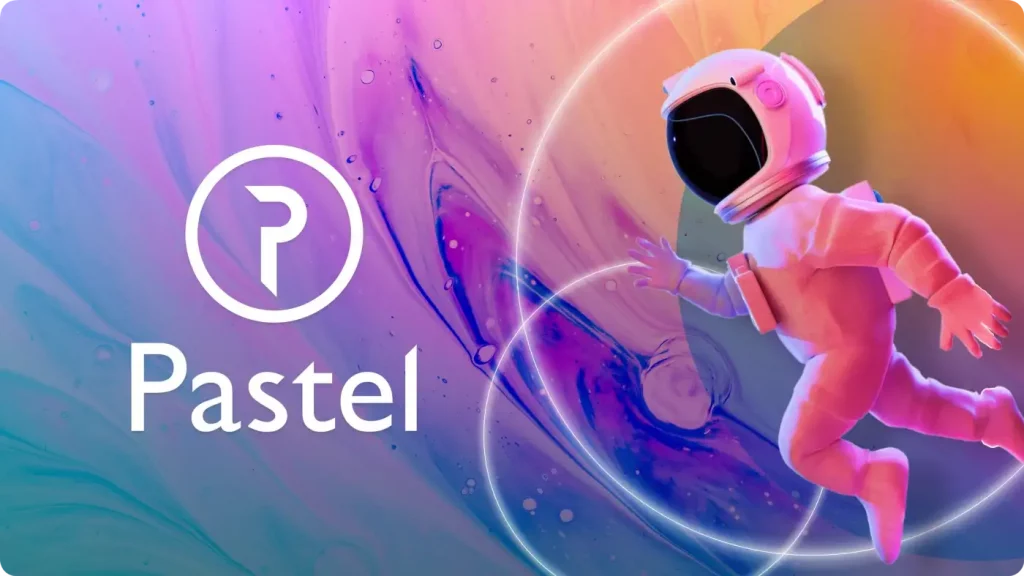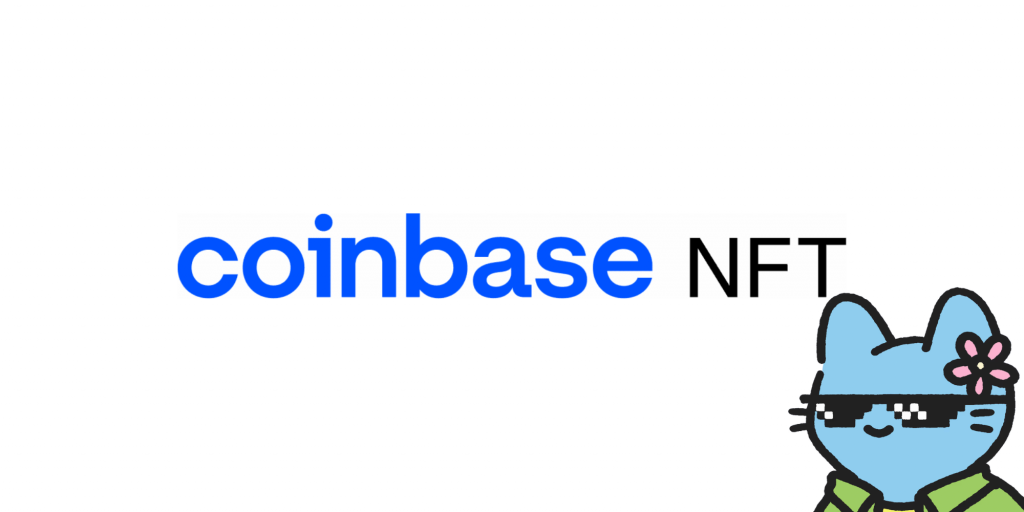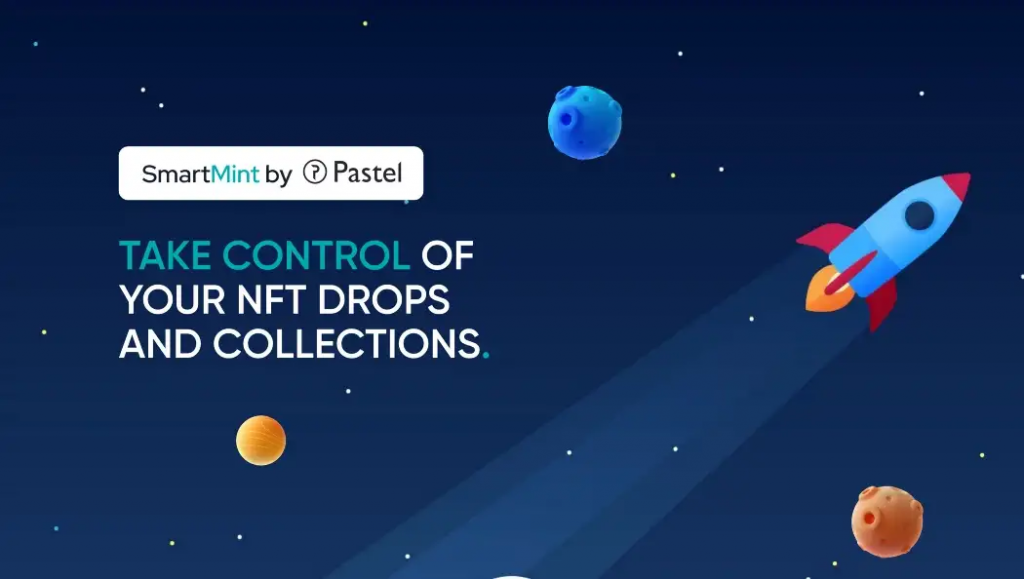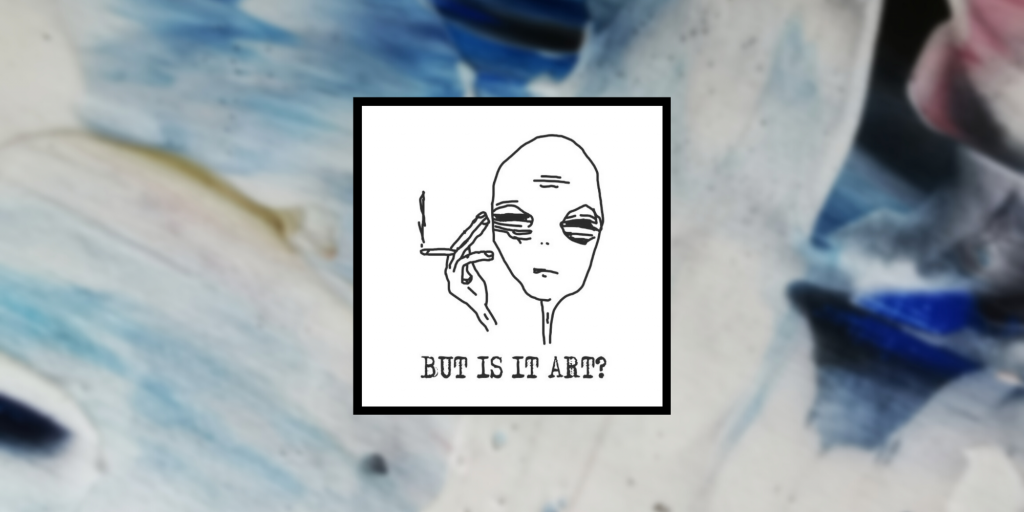The NFT concept is new to most; the term “non-fungible token†skyrocketed into the mainstream from relative obscurity within an esoteric group of cryptocurrency aficionados.
The script changed in early 2021: NFT collectors suddenly started spending thousands to sometimes millions of dollars to buy various JPEGs and GIFs on the Internet.
With so much money flowing into the evolving NFT marketplace, there is a dire need for NFT verification services.
How do I know that the NFT I’m buying is legit, instead of some shoddy reproduction created by some scammer?
The following guide explores how NFTs are authenticated. We’ll talk about a handful of mechanisms being implemented to protect NFT collectors. We’ll debate the question of which of these schemes will see mass adoption as the NFT market matures.
The NFT space is still in its infancy and a variety of NFT authentication methods are being used, each of which offers specific advantages to the end-user.
What Aspects of an NFT Need to be Authenticated?
The first question we need to ask is what exactly is it that we need to authenticate about an NFT?
There are basically two factors to consider:
- Authenticity — Who created the NFT and who currently owns it?
- Originality/rarity — Is the work the first of its kind and unique or are there similar/derivative works?
First, and most importantly, collectors need to verify the source of the NFT and its rightful owner.
Next, because the value of an NFT is partially based on rarity, we need to verify that the artwork being minted is not a copy or derivative of previously existing work. If the artist is minting several copies or slightly revised versions of a work, then its value is questionable.
Moreover, since anyone can copy an image file and mint it as an NFT, one must be able to prove the creation is tied to a particular creator, or the most valuable component of NFTs, the provable scarcity and provenance, goes out the window.
In the case of physical art, there is a master and there are often prints (or copies) of the original work.
The master holds the most value.
Next, artist-signed prints have value to some collectors.
However, unsigned prints have very little value. They can easily be copied so they have no inherent rarity.
The same might be true for digital art. The master NFT holds the most value. Limited edition copies minted by the artist might also have value to some collectors. Copies not minted by the artist floating around the internet are essentially valueless since they can be replicated an infinite number of times.
How is the Authenticity of an NFT Verified?
In the case of verifying that an NFT was minted by the original artist and not a scammer, we rely on the public record. Records of NFTs minted on decentralized blockchains are immutable, which means the record can’t be changed by anyone– at least not without a prohibitively expensive effort, but that’s a rabbit hole we’ll jump into another time.
Thus we need only look at the record for a particular NFT to determine when it was minted as well as its ownership history.
This is easier said than done, however; many art collectors will outsource this step to a trusted third party.
For example, an artist by the pseudonym “Beeple†sold a work of art called “Everydays – The First 5000 Days,†for $69 million. The NFT was offered by Christie’s auction house. Collectors can rest assured that high-end auctioneers such as Christie’s have done their due diligence to be sure that the NFT being auctioned is authentic– a sort of authentication by proxy.
Most NFTs, however, are sold on centralized NFT marketplaces such as OpenSea, Rarible, Mintable, and others.
Each NFT marketplace handles NFT authentication differently.
NFT Marketplaces and NFT Authentication
Many NFT marketplaces offer some level of NFT authentication service, but not all of them.
Marketplaces that do offer this service approach NFT authentication from a variety of angles:
- OpenSea, the largest NFT marketplace, offers no assurances that an NFT is original. The buyer must do their own research.
- Mintable, SuperRare, and Foundation only sell work by hand-curated artists.
- Nifty Gateway offers both hand-curated and post-verified NFTs.
- Rarible vets artists and performs what is known as a “reverse image search†to identify copies and near copies of the work.
This list represents a small handful of NFT marketplaces and their NFT verification protocol; new NFT marketplaces are popping up daily and each has its own system for verifying (or not) the NFTs being sold or auctioned on their sites.
How is the Rarity of an NFT Authenticated?
Verifying the uniqueness of an image is far more difficult than identifying the authenticity and owner of an NFT.
A human being should be able to easily identify a copy or modified version of an image merely by looking at it. When comparing a handful of images, it would be tricky to fool a diligent human. However, it would be impossible for a human to search for every copy or near copy of an image manually.
Computer algorithms can help us with due diligence.
Rarible, for example, performs a reverse search on images to identify copies and similar works.
What is a Reverse Search?
With a traditional image search, the user searches for images labeled or tagged with a particular keyword or phrase. Google Images is the most commonly used example of this.
However, Google also lets users do a reverse search to find images that are similar to the NFT in question. Search results also include information such as the date each image was posted online. Stock image sites such as Adobe Stock also use this reverse search method to identify similar images.
So how does a reverse image search for NFTs work?
Perceptual Hashing for NFT authentication
In identifying similar images via computer, a technique known as perceptual hashing is employed.
Humans perceive colors and shapes, not pixels. We can compare images instantaneously. However, computers can’t determine that two images are similar just by comparing the pixel data. An image can be slightly modified — resized, cropped, or adjusted in other ways — and we end up with a completely different list of pixels.
We can solve this problem with the process of perceptual hashing.
Perceptual hashing 101
Hashing is the act of reducing a data set to a much smaller set of data that can more easily be compared. Perceptual hashing breaks an image down into perceivable traits such as shapes and colors.
The hash file can then be compared with other hashed files to find similar patterns.
A computer algorithm can identify similar images using perceptual hashing. However, the computer isn’t able to make the final call on originality. It can only bring similarities to the attention of a human. The human can then make the final call.
It’s not a perfect process, but it does streamline the authentication process for the end decision maker greatly.
Pastel is pioneering a near-duplicate NFT detection strategy using a mix of deep learning models using Tensorflow with Keras Applications, which transform each NFT into a fixed list of over 10,000 numbers (the ‘NFT fingerprint vector’). Then, it assesses the correlation between an NFT fingerprint vector and all other existing fingerprints on Pastel and marketplaces like OpenSea, and open databases like Google. Finally, it churns out a relative rareness score between 0% (the NFT is identical to another) or 100% (it’s completely unique.) Â
Final Thoughts On How NFTs are authenticated
As you might imagine, NFT verification services are invaluable to serious collectors. Presently, a variety of NFT verification schemes are being used by NFT marketplaces and art auction houses.
The NFT authentication process may involve humans and computers.
While humans are great at vetting artists, they’re not so great at manually searching for images that might be similar. And computer algorithms alone can’t make a final determination on an image’s rarity.
The rarity of an NFT is relatively simple to verify by using a combination of perceptual hashing and human verification.
However, for the casual collector of NFTs, simply going by a blue checkmark and the proper link on a popular marketplace like OpenSea might be enough– but as you can imagine, this exposes one to a great deal of risk.
When it comes to peer-to-peer NFT trades, the ecosystem still has a long way to go to ensure a trustless, fair, and fool-proof system.








